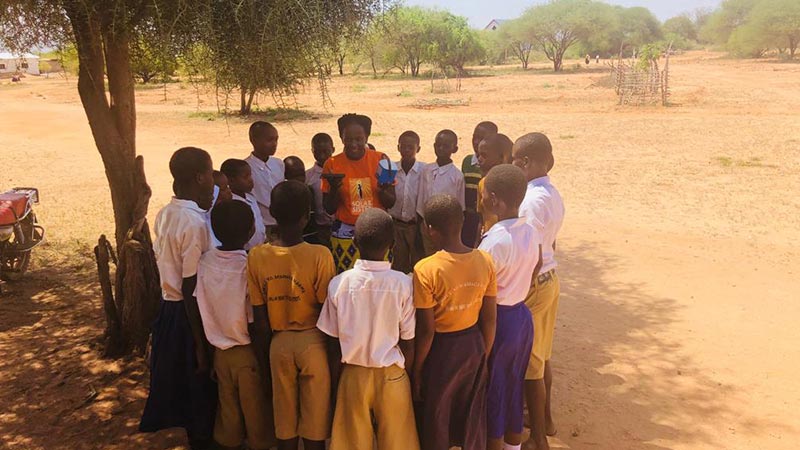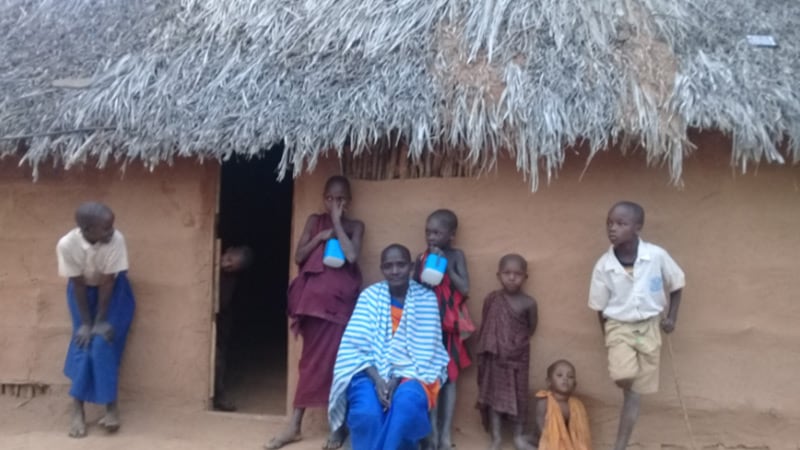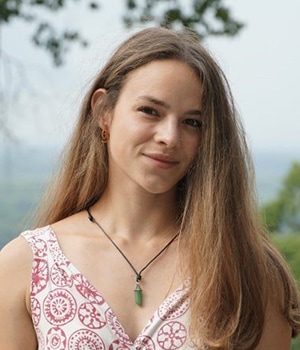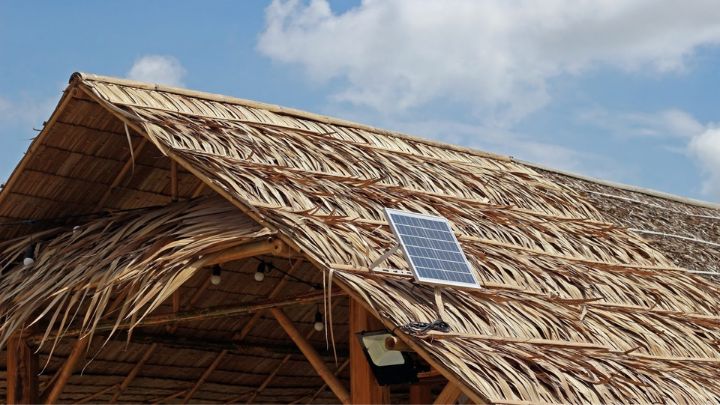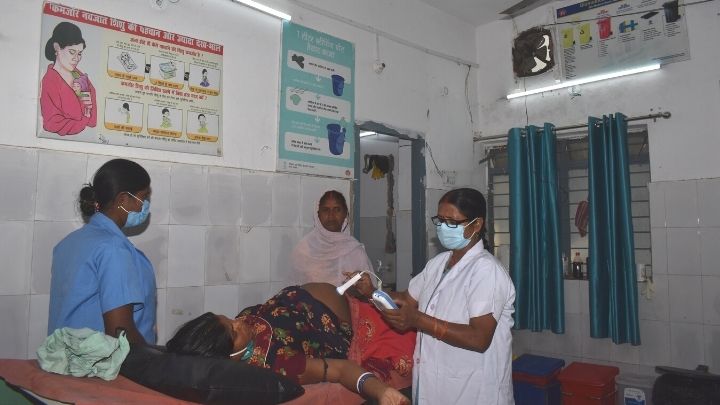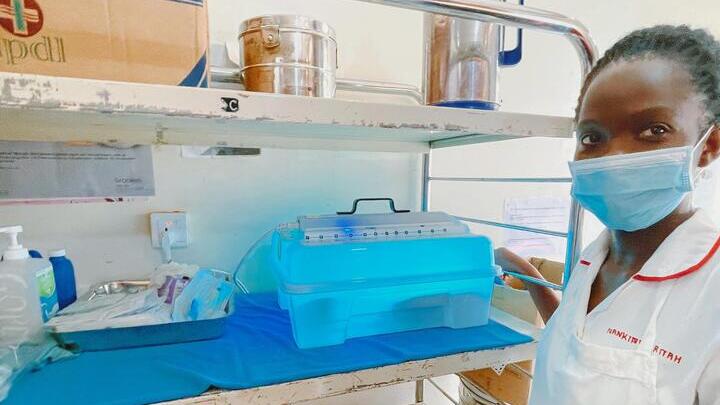From increasing study hours to allowing families to enjoy dinner together after the sun sets, the Lanterns for Learning stories suggest that solar lights are much more than just a light.
“We couldn’t read at night,” says Saumu Ismaili, from Marwa, a rural Tanzanian village. “Using a single kerosene lamp, we cooked, went to bed, and walked around our neighborhood in darkness. We couldn’t even make our bed at night because the room was always too dark.”
After the death of their father in 2006, Saumu and her younger brother Luseriani, have been raised by their mother Teresia. From building them a home by hand to farming cattle, Teresia is the backbone of her family.
When the Lanterns for learning initiative was launched, it was Teresia who got the family involved. The initial 12-month pilot program distributed nearly 500 solar lights to students and families, including the Ismailis.
